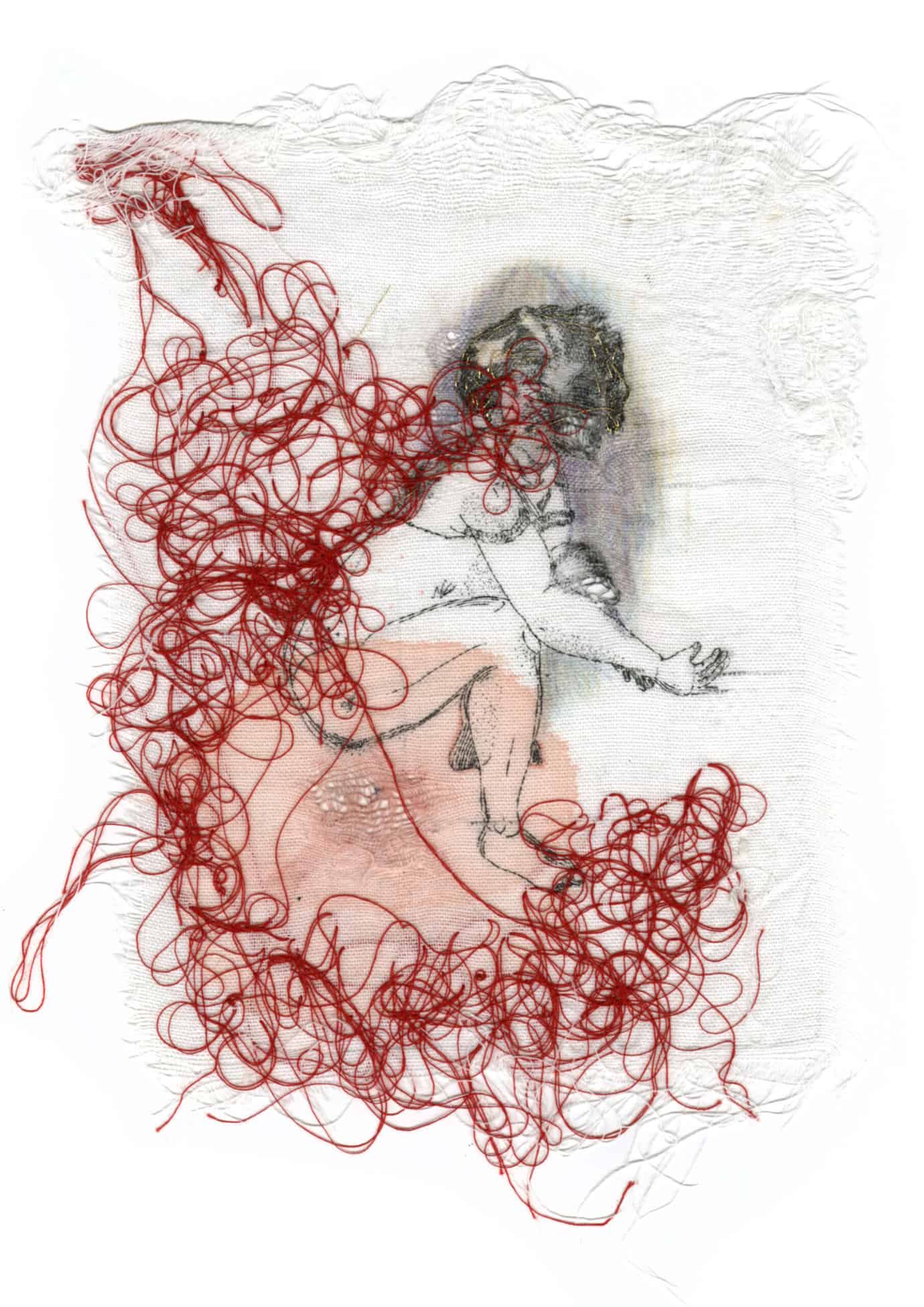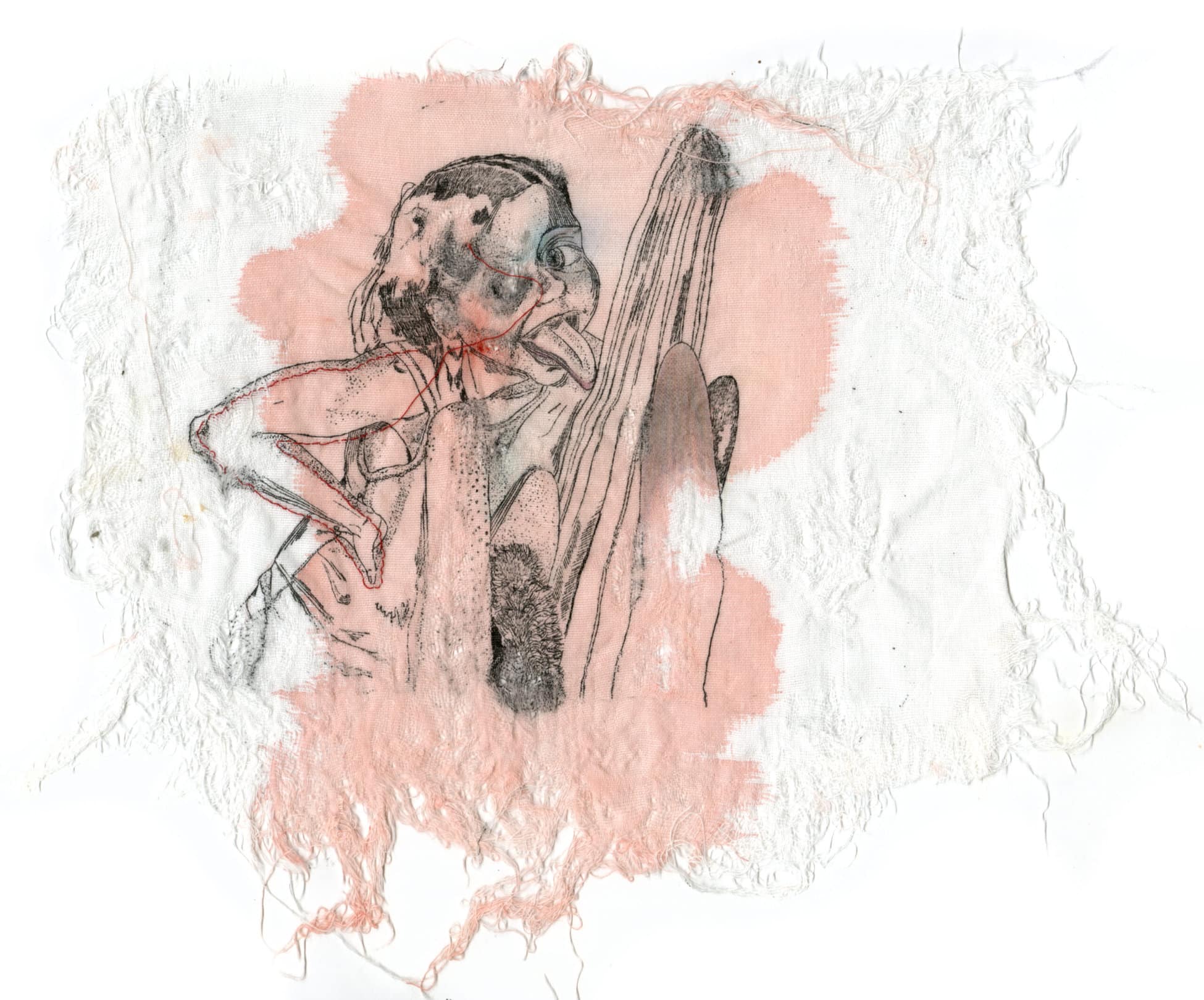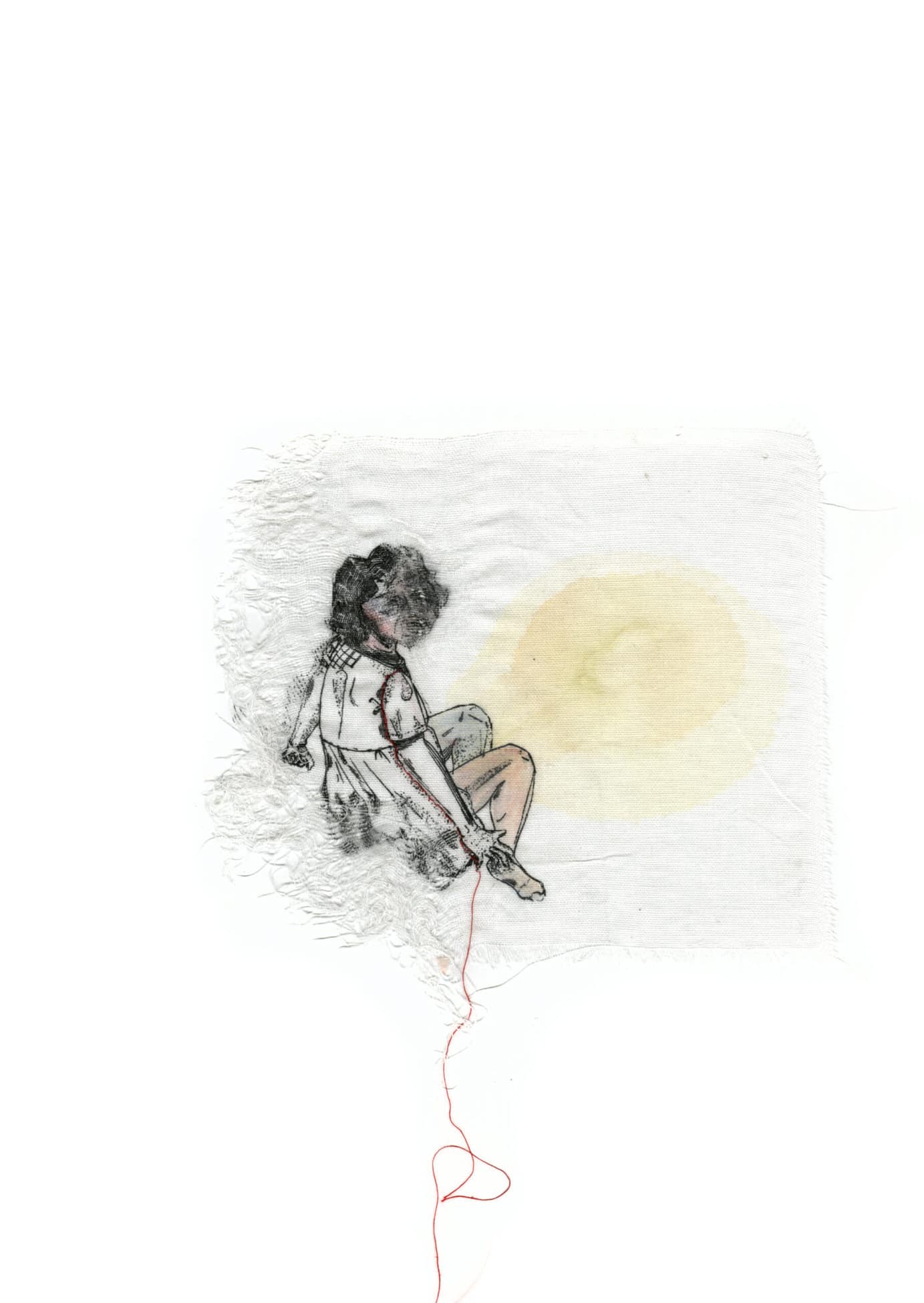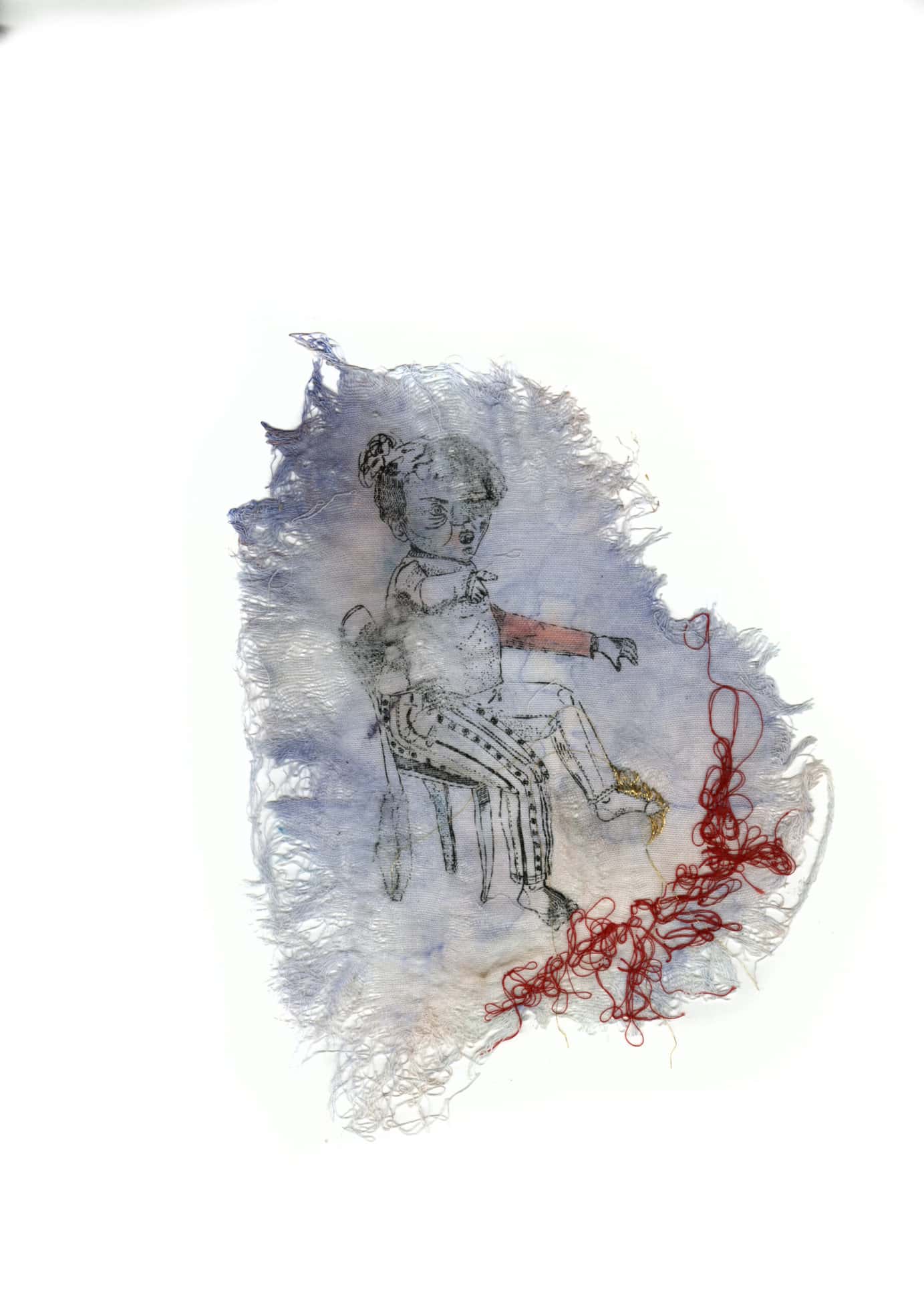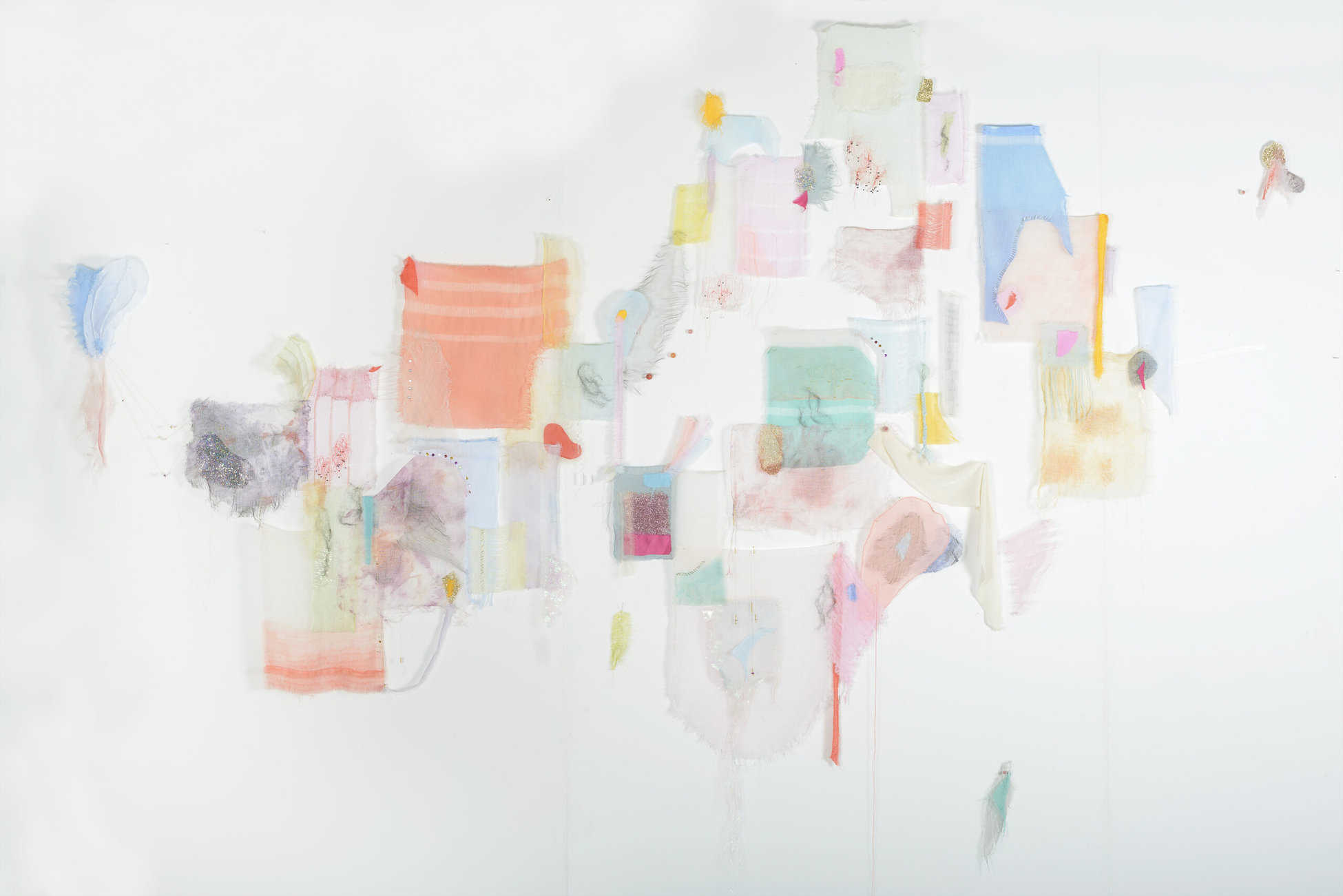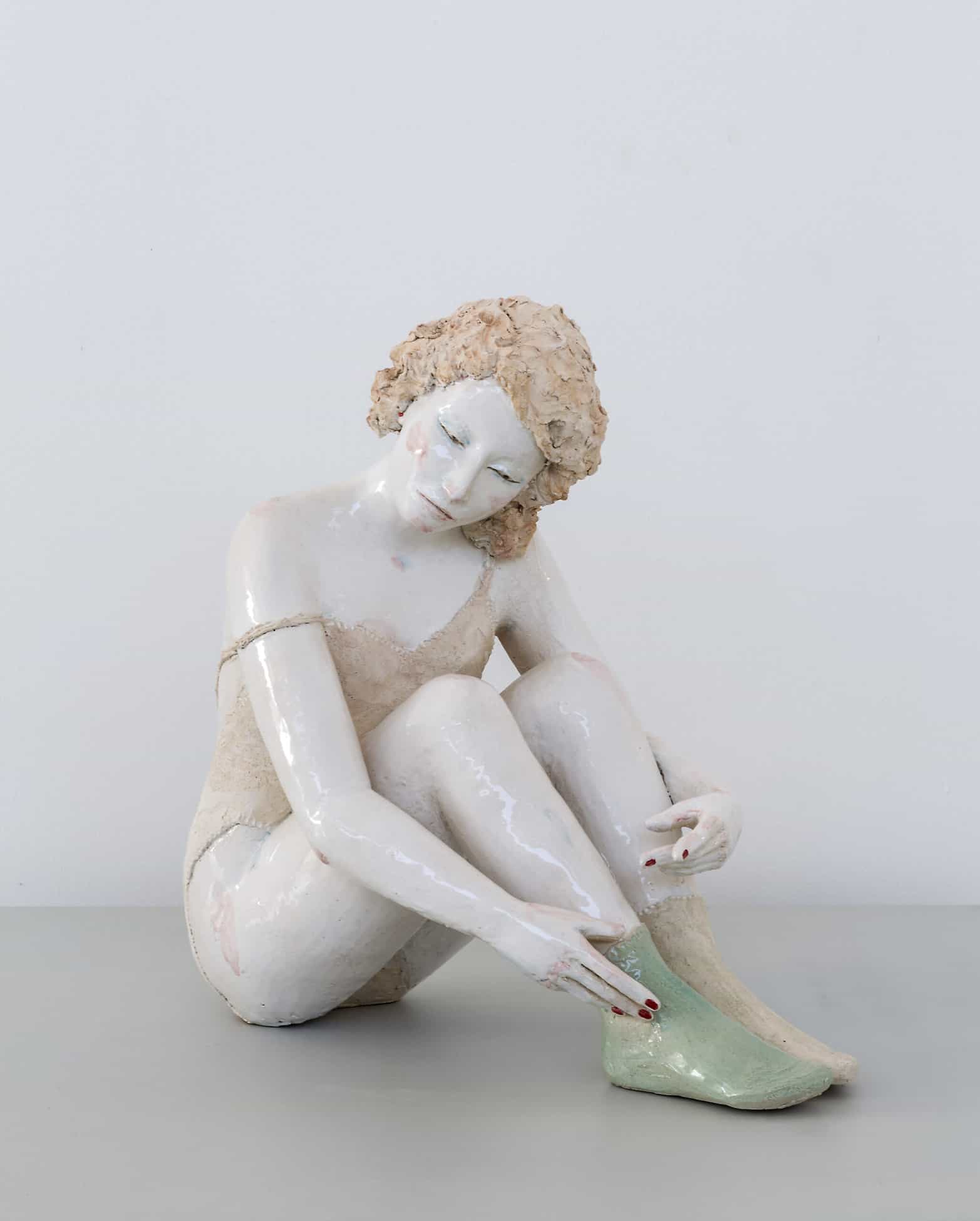CAR Gallery
Process Sector
Booth PR3

via Azzo Gardino 14/A
40122 Bologna
Italy
Presentation of the gallery
CAR GALLERY is a contemporary art gallery based in Bologna. The gallery's mission is to promote and disseminate contemporary art and its most current practices expressed through different media. The gallery presents an exhibition program primarily focused on new generations of international and mid-career artists, while comparing different generations, creating new avenues of reading and enrichment. The aim is to provide a framework for experimentation and discussion and to introduce collectors, curators and the general public to different forms of artistic practice. CAR Gallery collaborates directly with the artists.
Presentation of the artist in focus
Julia Haumont (b. 1991, Paris) lives and works in Paris. In 2012, she began her career as a visual artist by entering the Académie des Beaux-Arts in Paris. She studied there alongside Jean-Michel Alberola and the ceramic sculptor Claude Dumas. She graduated with honors in 2017. She also studied fashion design at the Ecole de la Chambre Syndicale de la Couture Parisienne, de facto, textiles are also very involved in her plastic work. Using various materials, mainly from crafts: earthenware, glass and textiles, these mediums all have in common that they are time-consuming, being generated and then shaped by the artist's hands. The slow temporality they induce contrasts with the immediacy of our time. This resonates with Julia's personal history and her current questions. A kind of reminiscence of memories, lived or fantasized. This is what comes to mind at first glance when confronted with Julia's work; We are immediately involved in her paradoxical universe where every detail of her hybrid installations shows strength and delicacy, where the figurative and the non-figurative respond to each other, all under the gaze of her young girls sculpted on a scale of 1.
The ambiguity conveyed by the seemingly innocent figures and lascivious postures of the girls sculpted in earthenware and the very "childlike" atmosphere of the abstract textile compositions is the way to enter into his reality. As you get closer to the textile compositions, you will be able to observe the meticulous net where beads and tatters, sequins and threads that are just waiting to be pulled, weave a whole intimacy that instantly captures the universal emotions of the past that each of us carries within us and questions the future, femininity and looks, in this very particular legend that Julia's installations stage.
"During my early years at the Beaux-Arts (BA in Paris), I began obsessively painting photographs from my family's archives and then engraving them. Before entering art school, I was studying fashion design. When I was young, my grandfather had an import-export textile shop and I spent a lot of time there, surrounded by all kinds of textiles and ribbons. I felt the need to rework a material to which I am attached and with which I feel freer than on paper, which allows me more experimentation: I dye fabrics, stitch them, embroider them, fray them, etc. I mainly use butter cloth; This fabric reminds me of the texture of the "cuddly toy" and little children's dresses made of natural cotton.
Other textiles are sometimes integrated, such as tulle or synthetic and shiny fabrics, reminiscent of those used for children's costumes.
The drawings in my prints can sometimes be closer to the world of the tale, but without any apparent contextual element, thus making the narrative more free and complex. On these drawings, I add accidents: stains, tears, which contribute to a certain ambiguity oscillating between violence and softness.
The textile compositions I create are an extension of this research: I try to recreate the same affects by purifying my language and using only material, lines and colors. In my abstract textile compositions, these are dyed, assembled, torn, sewn together, always using archetypes from childhood: colors, sequins, beads and embroidery
The fragility of the support is also reminiscent of the fragility of this age.
It's also a pictorial research, which I conceive as a game. As if I were projecting myself into a child's configuration, I play with colours and elements to compose harmonious lines on the wall that take the place of paper without limits of space and shape. Matisse's paper cut-outs inspired me a lot and opened up a new path in my work. »

